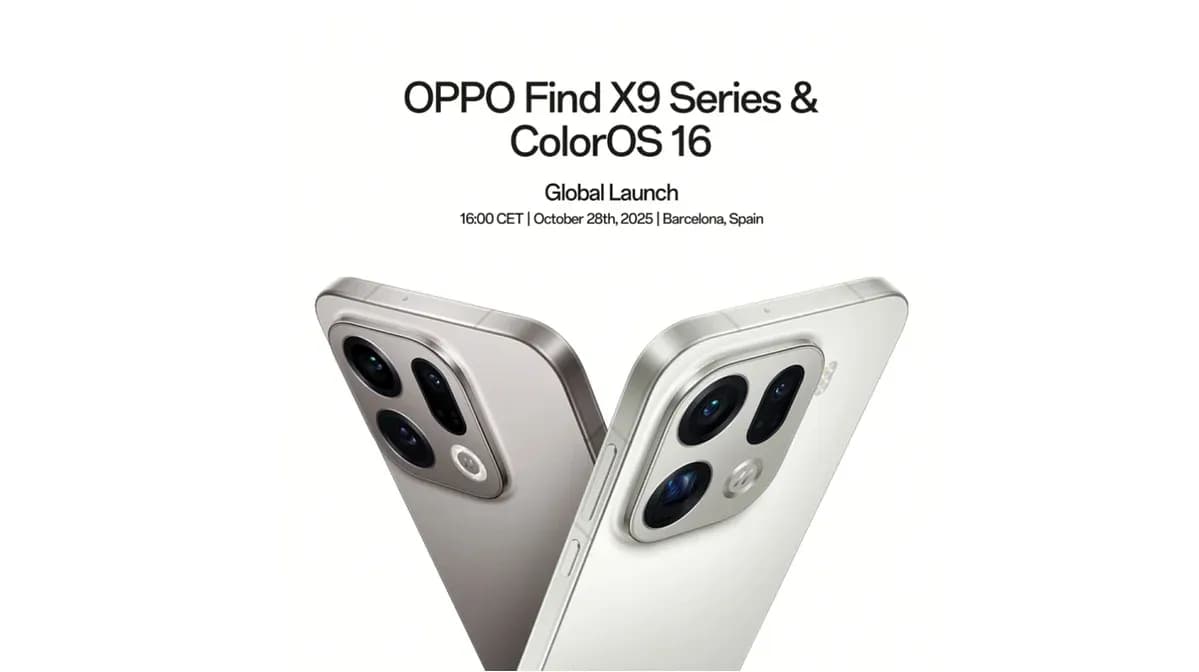- Featured
- New Mobiles
- Find New mobiles
- Latest Mobiles
- Upcoming Mobiles
- Popular Mobiles
- Gaming Mobile
- Compare Mobile
- Budget
- Under 10,000
- Under 20,000
- Under 25,000
- Under 30,000
- Under 35,000
- Under 40,000
- Under 50,000
- Over 50,000
Ad
The MMS model expands the capabilities of text-to-speech and speech-to-text technology to over 1,100 languages, which is a significant increase compared to the previous limit of around 100 languages. Additionally, the model can recognize over 4,000 spoken languages, marking a 40-fold increase.
Meta recognizes that many languages around the world are at risk of extinction, and the limitations of current speech recognition and generation technology can contribute to this trend. The company aims to make it easier for people to access information and use tools in their preferred language. The new AI models developed by Meta are designed to address this need.
One of the biggest challenges in creating this model was gathering audio data for thousands of languages. While the largest existing speech dataset covers only around 100 languages, Meta leveraged publicly available audio recordings of New Testament readings in various languages, which provided an average of 32 hours of data per language. By utilizing this extensive dataset, Meta aims to enhance the language capabilities of its AI models and contribute to language preservation efforts.
Overall, Meta's MMS model represents the company's commitment to supporting linguistic diversity and enabling people to access information and tools in their native languages.
Latest News





Reviews & Guides
View All

Sony BRAVIA 7 Mini LED K-65XR70 vs. Haier Mini LED H65M95EUX

Samsung QN90F (65QN90FAU) Review: The King of Bright-Room Viewing

LG QNED92: The QNED Powerhouse That's More Than a Bright Alternative

Haier M92: A New Contender in the QD-Mini LED Arena

Top 5 Washing Machines to Buy This Diwali 2025

Top 5 Refrigerators to Buy This Diwali 2025

Check out the 5 Best Smartphones to Buy this Diwali!

5 Best TVs to Buy This Diwali 2025 : Top 5 Picks and Buying Guide








